 |
| Processing household waste into organic compost at Sonadezi Environment Joint Stock Company. Photo by Hoang Loc |
This reality requires a synchronous and effective management solution to ensure the urban environment and aesthetics.
Problems arise that need to be resolved.
On average, the whole province generates about 2.6-2.7 thousand tons of solid waste every day. Most of this waste is collected and treated at centralized areas according to environmental sanitation procedures, only a small part is treated by the people themselves. However, recently, the situation of waste accumulated at transfer stations and temporary dumps has tended to increase, posing a potential risk of pollution and affecting the lives of people around.
According to Deputy Director of the Department of Agriculture and Environment Tran Trong Toan, some wards and communes in the southern region of Dong Nai province such as Bien Hoa, Phuoc Tan, Nhon Trach, Long Thanh, Trang Bom... are having backlogs of garbage at transfer stations. In the northern region of the province (formerly Binh Phuoc province), there are currently 22 temporary landfills with a volume of up to hundreds of tons and increasing, while the only treatment plant in this area is also overloaded, with hundreds of tons in storage.
“The backlog actually appeared before July 1 (the date of the province’s merger). Over time, the amount of garbage continued to increase. The Department has reported and advised the Provincial People’s Committee to direct and coordinate with the treatment areas and completely handle the temporary landfills,” said Mr. Toan.
Currently, the province has 5 waste treatment plants, most of which are operating at full capacity, and are even overloaded at times. The Provincial People's Committee has repeatedly requested that the temporarily suspended treatment areas such as Tay Hoa, Bau Can, Xuan My, etc. participate in bidding to receive waste for treatment, but so far no unit has resumed operations. This puts pressure on the operating treatment areas, and the amount of waste remaining at transfer stations and temporary dumps is increasing.
Another issue is the unit price of waste collection, transportation and treatment services. Previously, the Provincial People's Committee assigned the Department of Agriculture and Environment to synthesize the price plan proposed by the units and appraise it, and submit it to the Provincial People's Committee in September 2025. However, this work has not yet been completed, and the wards and communes have not yet signed contracts with enterprises as a basis for payment.
Mr. Nguyen Duy Hoa, General Director of Binh Phuoc Environmental Technology Investment and Development Joint Stock Company, said: There are currently two ceiling prices for waste treatment. The old Binh Phuoc province applies a price of 597 thousand VND/ton, while the old Dong Nai province applies a price of 496 thousand VND/ton. Both of these prices are low and need to be adjusted soon so that businesses can maintain operations, have conditions to reinvest in equipment, and improve treatment quality.
According to statistics from the Department of Agriculture and Environment, the province currently generates about 2.6-2.7 thousand tons of solid waste per day. Of which, about 79% is collected and treated according to regulations; the remaining about 21% is stored in temporary landfills, transfer stations and treatment plants.
Turn waste pressure into green development momentum
Waste is not only an environmental issue but also closely linked to people's quality of life, affecting the province's sustainable development goals. Effective management of waste will help create a green - clean - beautiful environment, contributing to the construction of civilized urban and rural landscapes. Not only that, if classified to the maximum and treated with modern technology, waste can also become a source of clean energy and organic fertilizer to serve the development of green economy and circular economy. In fact, in the province, there have been solutions to process waste into organic humus to provide raw materials for fertilizer processing plants. Some provinces and cities such as Hanoi, Ho Chi Minh City, Can Tho have had waste incineration projects to generate electricity.
Mr. Tran Anh Dung, General Director of Sonadezi Services Joint Stock Company, said: The company has proposed to implement a project to burn waste to generate electricity at Quang Trung Waste Treatment Area and is still planning to implement it. However, to do so, the company needs the province's support in adjusting the ceiling price for treatment to maintain stable operations, and then invest in modern treatment technology.
According to Provincial Party Committee member and Vice Chairwoman of the Provincial People's Committee Nguyen Thi Hoang, in order for RTSH management to be effective in the long term, it is necessary to synchronously implement many solutions and have the active participation of management agencies, businesses and the community.
First of all, the management agency needs to promptly issue full regulations, including unit prices for waste collection, transportation, and treatment, to create conditions for businesses to operate effectively and have resources for reinvestment. Investors need to innovate technology and equipment, improve processing capacity to meet environmental protection requirements; treatment areas that are temporarily suspended must urgently have plans to re-participate in waste collection and treatment. Departments and branches need to speed up the progress of the waste-to-energy project under the PPP model, with a capacity of 1,200 tons/day; urge 4 other investors to quickly complete procedures to implement the proposed waste-to-energy project to reduce pressure on existing treatment areas and develop clean power sources.
In addition, management agencies, organizations, and localities should increase communication so that people and businesses can classify waste at source, limit the use of disposable plastic, change consumption habits towards green and sustainable, contributing to reducing the amount of waste generated and moving towards a circular economy.
The provincial People's Committee also requested the Department of Agriculture and Environment to urgently advise on a plan to handle temporary landfills in the northern part of the province. Guide localities to plan and invest in appropriate waste transfer stations that meet construction, environmental and aesthetic requirements.
Hoang Loc
Source: https://baodongnai.com.vn/kinh-te/202510/can-giai-phap-dong-bo-trong-quan-ly-rac-thai-sinh-hoat-8ee7173/



![[Photo] President Luong Cuong chaired the welcoming ceremony and held talks with United Nations Secretary-General Antonio Guterres](https://vphoto.vietnam.vn/thumb/1200x675/vietnam/resource/IMAGE/2025/10/24/1761304699186_ndo_br_1-jpg.webp)
![[Photo] Prime Minister Pham Minh Chinh and South African President Matamela Cyril Ramaphosa attend the business forum](https://vphoto.vietnam.vn/thumb/1200x675/vietnam/resource/IMAGE/2025/10/24/1761302295638_dsc-0409-jpg.webp)
![[Photo] Solemn funeral of former Vice Chairman of the Council of Ministers Tran Phuong](https://vphoto.vietnam.vn/thumb/1200x675/vietnam/resource/IMAGE/2025/10/24/1761295093441_tang-le-tran-phuong-1998-4576-jpg.webp)

![[Photo] Prime Minister Pham Minh Chinh chairs conference on breakthrough solutions for social housing development](https://vphoto.vietnam.vn/thumb/1200x675/vietnam/resource/IMAGE/2025/10/24/1761294193033_dsc-0146-7834-jpg.webp)
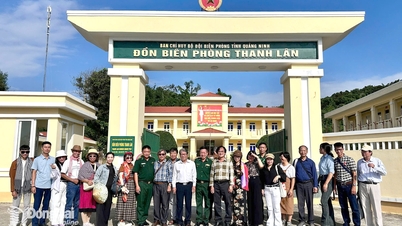


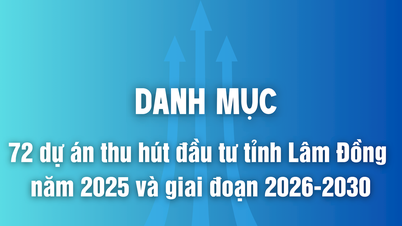



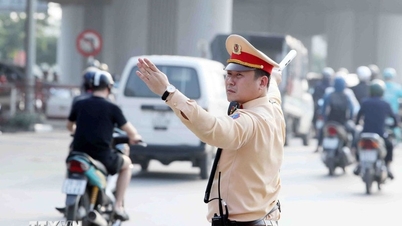
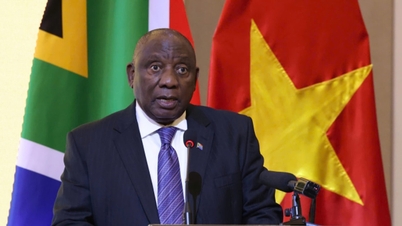





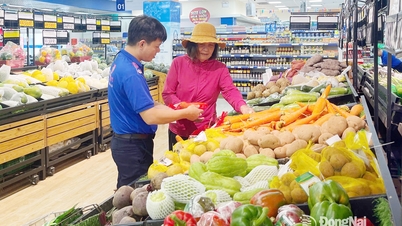
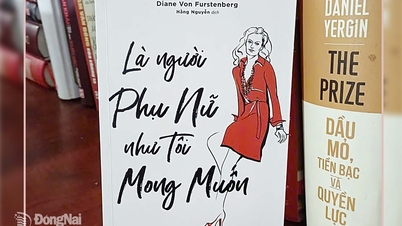


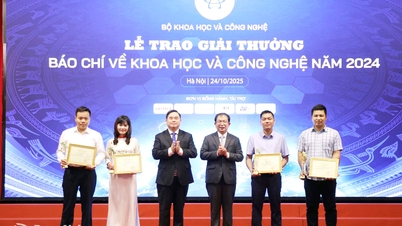




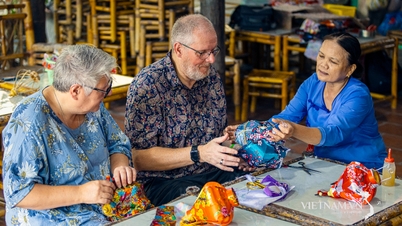

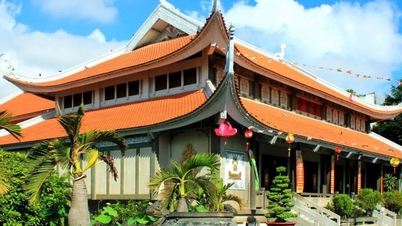

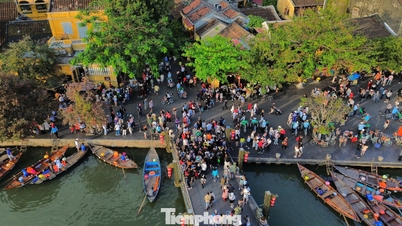

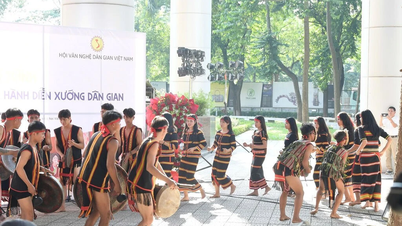









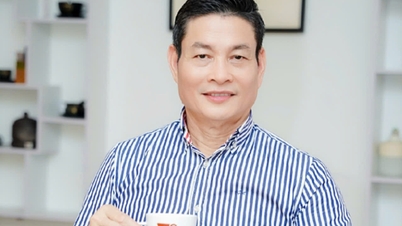
















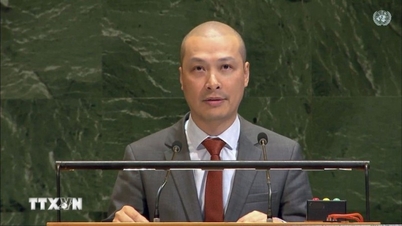
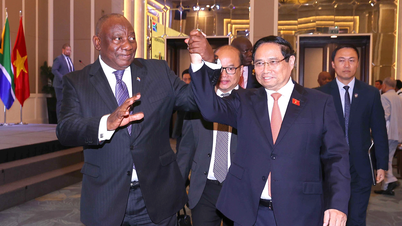
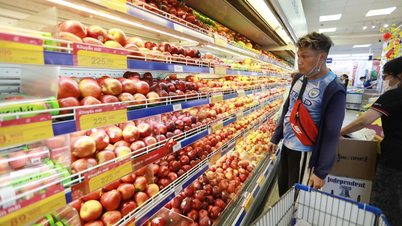
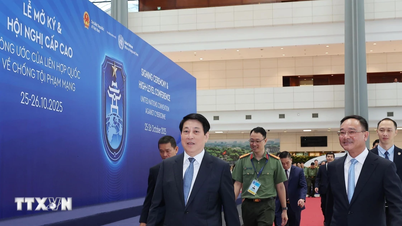
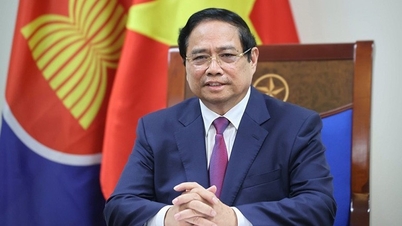
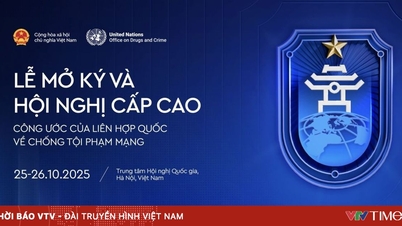

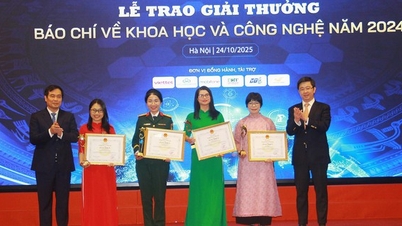

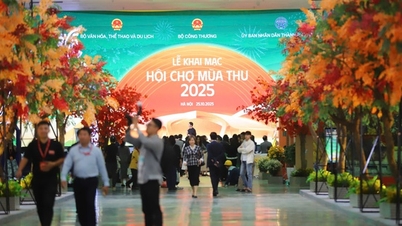
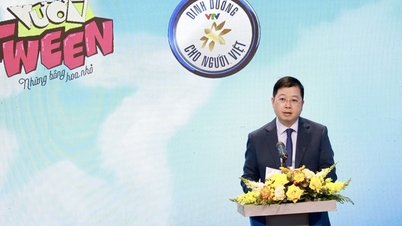
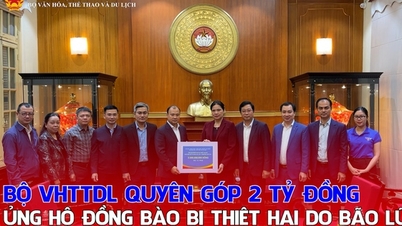
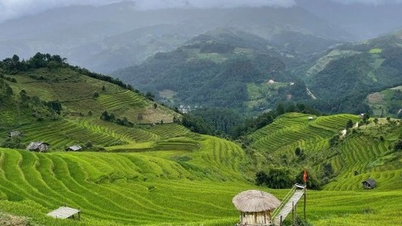
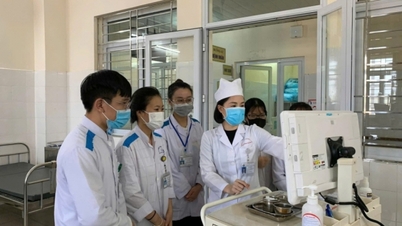


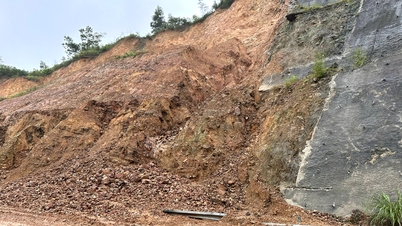

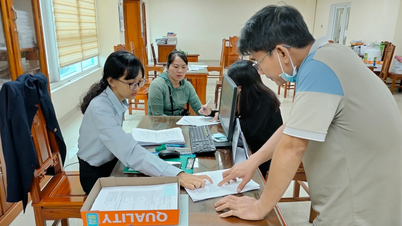



















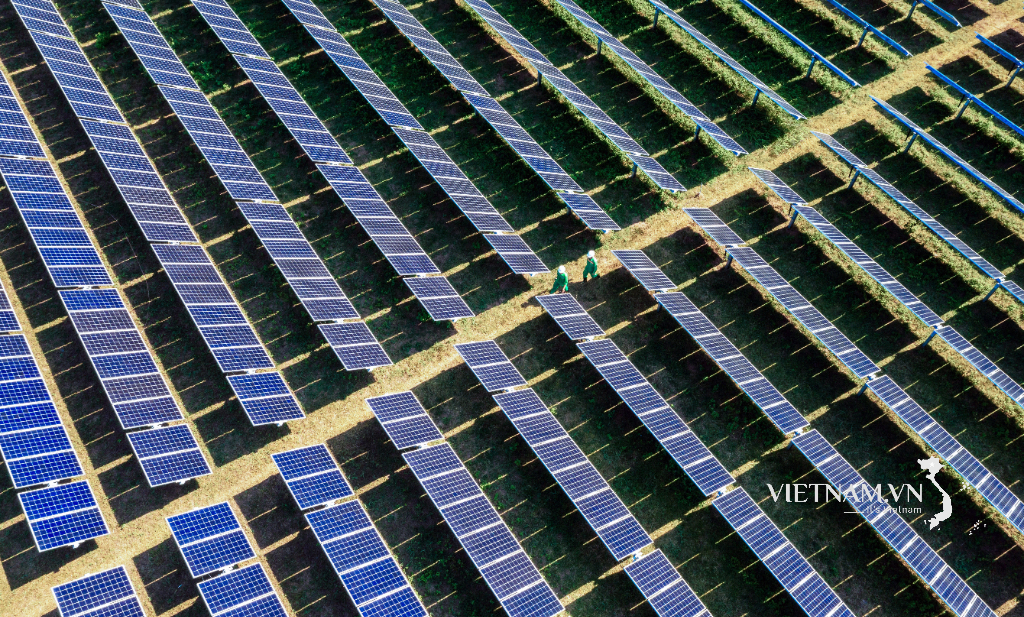

Comment (0)